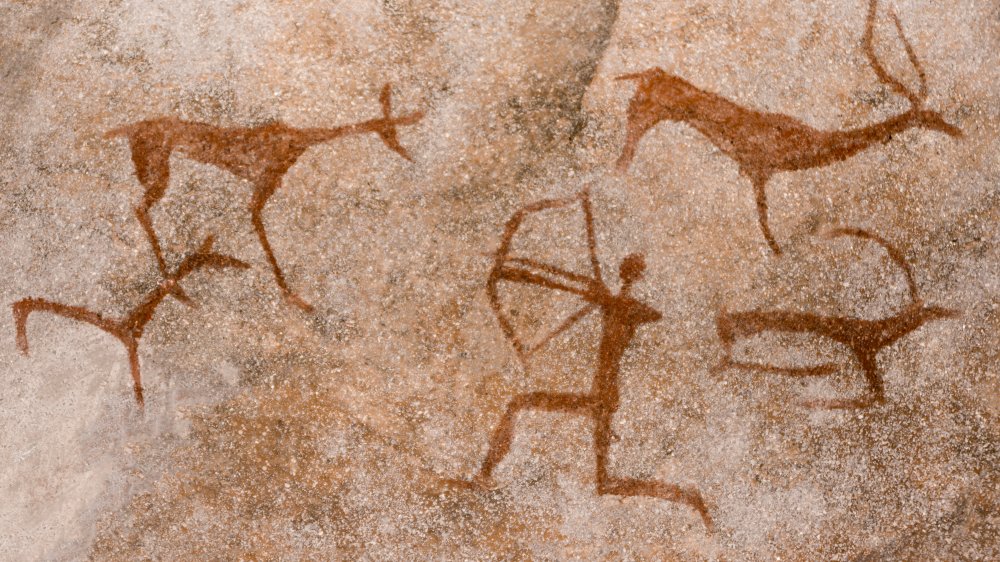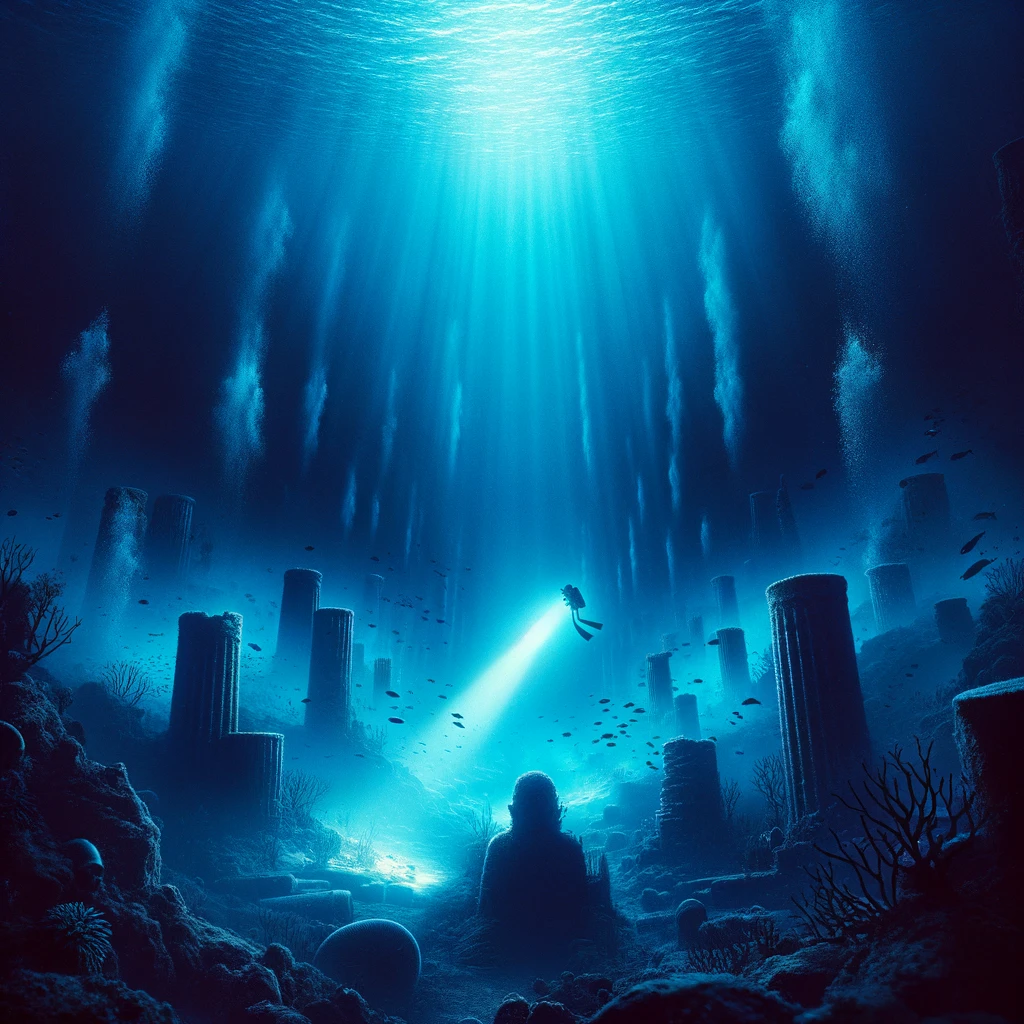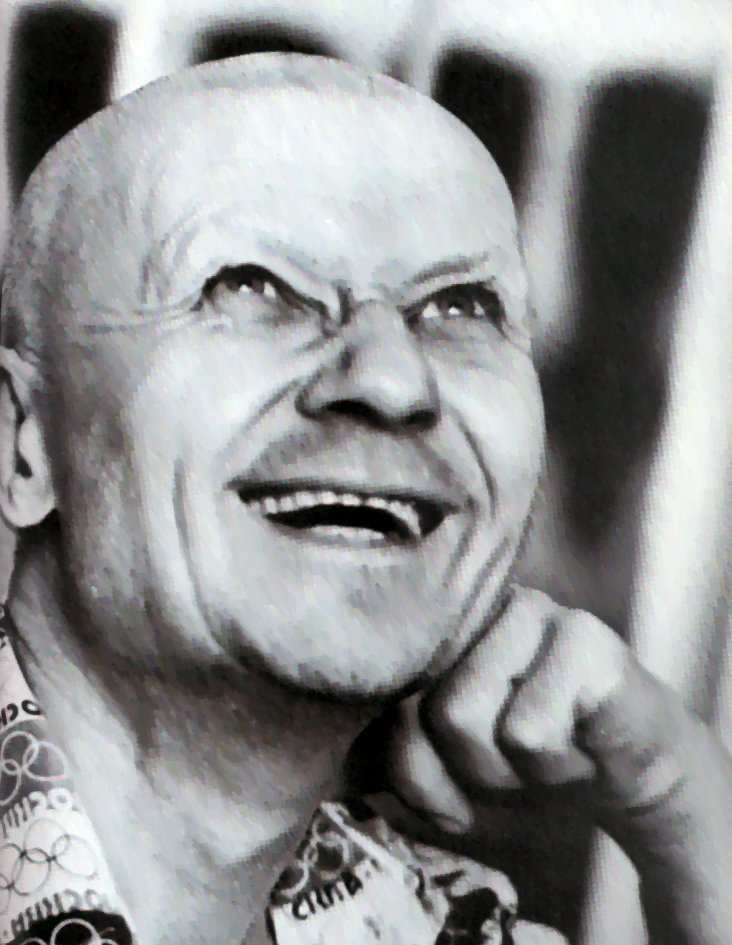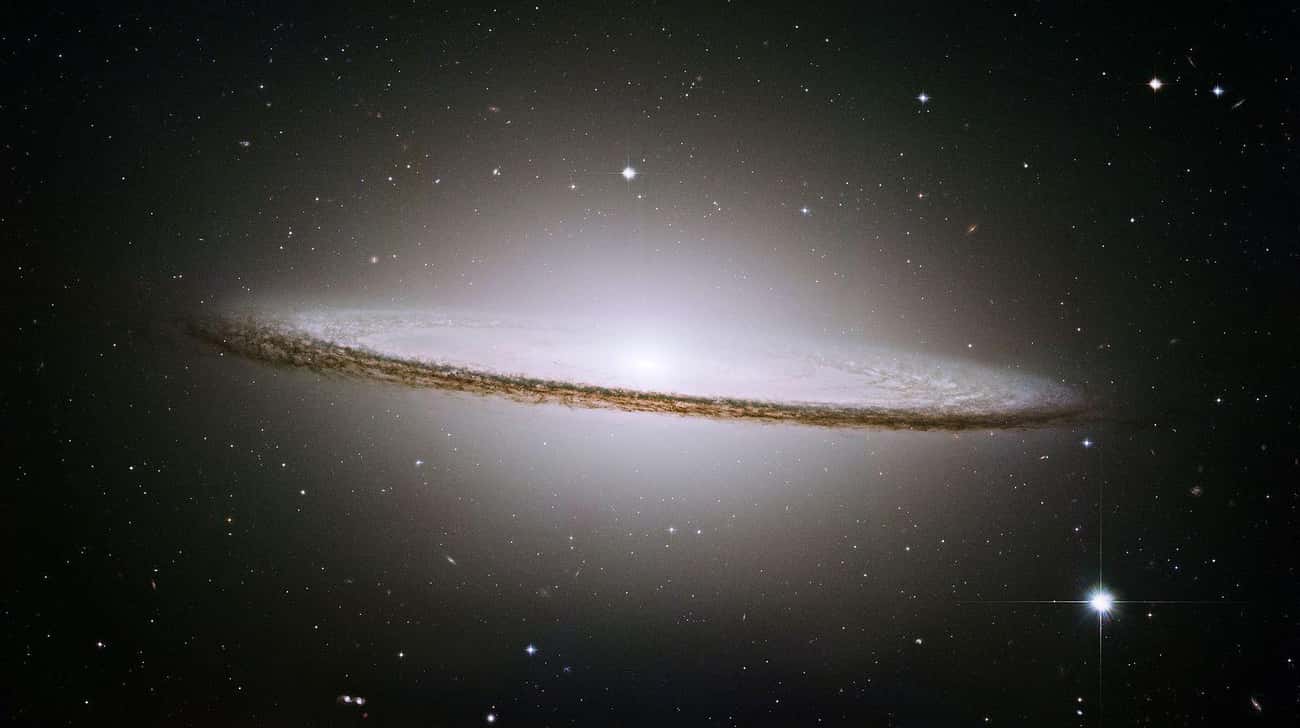Unique life and history moments

Embark on a fascinating exploration of life and history with ten captivating facts. Uncover the rich tapestry of our past, from ancient clonal aspen groves to groundbreaking medical achievements. Dive into historical moments where the essence of life intertwines with impactful events that have shaped our world.
The Oldest Known Living Organism

Meet Pando, the Earth’s oldest living thing, found in Utah, USA. This grove of quaking aspen trees has been around for a whopping 80,000 years! The secret to its long life is its connected roots, helping it make identical trees through asexual reproduction. Pando’s ability to withstand challenges and last for so long is truly amazing. Dive into the fascinating story of this ancient organism and learn about the incredible processes that have kept it going for thousands of years.
The Longest-Living Animal

The record-holder for the longest-lived animal is a clam discovered near Iceland in 2006. This clam, named Ming the Mollusc by the press, was found to be 507 years old by counting the annual growth bands in its shell. Estimated to have been born in 1499, it was named Hafrún, meaning “Ocean Mystery” in Icelandic, by local researchers. Sadly, Ming and many other clams were collected and frozen for scientific research, sacrificing them to learn more about their age and history.
The Ancient Practice of Brain Surgery

In ancient times, brain surgery, dating back to the Neolithic Age, often involved a procedure called trepanation. Trepanation means creating a hole in the skull, sometimes using a stone tool. The terms trepanation and trephination have been used interchangeably since early times. The word “Trypanon,” from Greek origin, means a border, and in Neolithic times, the operation involved keeping the head still with a frame or brace, like a carpenter’s wimple. On the other hand, trephination, originating from French, involves a cutting instrument rotating around a center. In both methods, a piece of bone is removed from the skull with a saw-like instrument, indicating that they went beyond just making a hole in the skull.
The Evolution of Life on Earth

Life on Earth has changed a lot over billions of years. It began with simple life forms and then evolved into the many different and complex organisms we have now. From the time of dinosaurs to when mammals became more common, life adapted to different environments. This story includes the appearance of new species, how continents formed, and the important roles of rocks and living things. All these changes show how life on Earth can adapt and survive, making the evolution of life a really interesting and important part of our planet’s history.
The First Artificial Heart

The first artificial heart was a big deal in the history of medicine. It was a special device created to help people whose hearts were not working well. Scientists and engineers spent a lot of time working on it, and they improved it over the years. The first time it was put into a person was in the 1980s, and since then, these artificial hearts have gotten even better. They can now give temporary help to people waiting for a real heart or assist those with heart problems. This new invention in heart medicine gives hope and more time to people who have serious heart issues
The Bubonic Plague and Black Death

The Black Death, also known as the Bubonic Plague, was a very harmful sickness that spread across Europe in the 14th century. It made a lot of people sick and caused many deaths. The sickness came from a bacterium called Yersinia pestis, which was carried by fleas on rats. The plague was so serious that it affected about one-third of the population in Europe at that time, which was around 25 million people.
People who got sick with the Black Death had painful swollen parts in their bodies, high fever, and dark skin patches, which is why it got its name. This illness had a big impact on the places it hit. It caused many changes in how people lived and worked, and it made people very scared. Even though it was a sad and difficult time, the Black Death influenced how things happened in the years that followed, changing how people worked, lived in cities, and took care of their health.
The Discovery of DNA

The discovery of DNA was a huge deal in science, especially in the 1950s. Scientists James Watson and Francis Crick, along with help from Rosalind Franklin, figured out that DNA looks like a twisted ladder or a double helix. This structure holds all the information needed for living things to grow, work, and make new living things. Understanding DNA changed the way we think about how traits are passed from parents to children.
Think of DNA as a special code that tells your body how to be you! This discovery didn’t just help us understand biology better; it also led to many cool things like genetic engineering, forensics (solving crimes), and personalized medicine. Knowing about DNA has had a big impact on how scientists study and treat diseases. Thanks to Watson, Crick, and Franklin, we know a lot more about the building blocks of life!
The First Successful Organ Transplant

The first successful organ transplant was a major breakthrough in medicine. It happened in 1954 when Dr. Joseph Murray and his team did the first kidney transplant between identical twins, Richard and Ronald Herrick, at the Peter Bent Brigham Hospital in Boston. This important surgery changed how doctors treat organ failure and gave hope to people with serious health problems.
Dr. Murray’s successful kidney transplant was a starting point for more progress in organ transplantation. It showed that organs could be moved from one person to another, creating new ways to treat different organ-related diseases. As time passed, organ transplantation became a common and life-saving practice for people who needed new organs, like kidneys, hearts, lungs, and livers.
The success of the first organ transplant not only saved lives but also led to more research, better ways of doing surgeries, and the creation of organ donation programs. Today, organ transplantation is a crucial part of modern medicine, giving many people a second chance at life when their organs are not working well.
The Age of Exploration and the Columbian Exchange

A long time ago, between the 15th and 17th centuries, explorers from Europe set out on big sea journeys to find new places and trade routes. One famous explorer was Christopher Columbus, who sailed to the Americas in 1492. This time is called the Age of Exploration.
When Columbus and others explored, they started a big change called the Columbian Exchange. It meant trading plants, animals, people, and ideas between different parts of the world. For example, Europe got new foods like potatoes and tomatoes, while the Americas got wheat and sugarcane. Animals like horses and cattle were brought to the Americas, and new kinds of corn and beans went to Europe.
The Columbian Exchange not only brought new things but also caused some problems. It spread diseases that hurt the people who lived in the Americas. Overall, the Age of Exploration and the Columbian Exchange were important times that connected faraway places, changing the way people lived, traded, and thought around the world.
The Human Genome Project

The Human Genome Project was a big science project that started in 1990. Scientists from all over the world worked together to figure out and learn about all the genes in human DNA. These are like tiny instructions that tell our bodies how to grow and stay healthy.
Using fancy technologies, researchers read the order of these genes in our DNA. This helped them complete the Human Genome Project in 2003, giving scientists a good understanding of how our genes work.
Because of this project, there have been important discoveries in medicine and genetics. Scientists can now find genes linked to different diseases, making it easier to diagnose and treat them. The Human Genome Project also taught us more about human history and how our genes interact.
This project’s impact has been long-lasting, forming the basis for ongoing research in genomics and personalized medicine. By figuring out our genetic code, scientists have learned a lot about how our bodies work, leading to improvements in health and medicine all over the world.























